
A sub-atomic particle has been identified that could have formed the “dark matter” in the Universe during the Big Bang.
Scientists shed light on mystery of dark matter.
Scientists have identified a sub-atomic particle that could have formed the “dark matter” in the Universe during the Big Bang.
Up to 80% of the Universe could be dark matter, but despite many decades of study, its physical origin has remained an enigma. While it cannot be seen directly, scientists know it exists because of its interaction via gravity with visible matter like stars and planets. Dark matter is composed of particles that do not absorb, reflect or emit light.
Now, nuclear physicists at the University of York are putting forward a new candidate for the mysterious matter — a particle they recently discovered called the d-star hexaquark.
The particle is composed of six quarks — the fundamental particles that usually combine in trios to make up protons and neutrons. Importantly, the six quarks in a d-star result in a boson particle, which means that when many d-stars are present they can combine together in very different ways to the protons and neutrons.
The research group at York suggests that in the conditions shortly after the Big Bang, many d-star hexaquarks could have grouped together as the universe cooled and expanded to form the fifth state of matter — Bose-Einstein condensate.
Dr. MIkhail Bashkanov and Professor Daniel Watts from the department of physics at the University of York recently published the first assessment of the viability of this new dark matter candidate.
Professor Daniel Watts from the department of physics at the University of York said: “The origin of dark matter in the universe is one of the biggest questions in science and one that, until now, has drawn a blank. Our first calculations indicate that condensates of d-stars are a feasible new candidate for dark matter. This new result is particularly exciting since it doesn’t require any concepts that are new to physics.”
Co-author of the paper, Dr. Mikhail Bashkanov from the Department of Physics at the University of York said: “The next step to establish this new dark matter candidate will be to obtain a better understanding of how the d-stars interact — when do they attract and when do they repel each other.
“We are leading new measurements to create d-stars inside an atomic nucleus and see if their properties are different to when they are in free space. ”
Reference: “A new possibility for light-quark dark matter” by M Bashkanov and D P Watts, 12 February 2020, Journal of Physics G Letters.
DOI: 10.1088/1361-6471/ab67e8
The researchers will now collaborate with scientists in Germany and the US to test their theory of dark matter and search for d-star hexaquarks in the cosmos.
A new possibility for light-quark Dark Matter is published in the Journal of Physics G Letters. The research was supported by the Science and Technology Facilities Council (STFC).

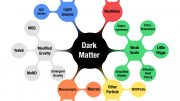
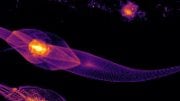
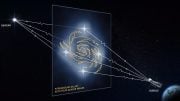

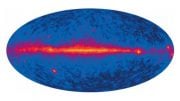
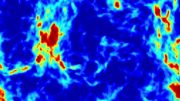
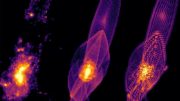

Oh please. A fishing expedigion.
There is contradiction between what some “techie science” is giving of the percentage that “dark matter” makes up the known universe, as “up to 80% of the Universe could be dark matter”, according to this website (scitechdaily) and what reputable science websites are saying, that “dark matter” makes up some 27 percent of the known universe.(websites, science.nasa.gov and home.cern)
Somebody seems to have “mixed signals”, getting the percentages between “dark matter” and “dark energy” confused, for “dark energy is estimated to comprise some 68 percent of the known universe.(websites forbes.com and physics world), while “ordinary matter” makes up about 5 percent of the known universe.
Because some “science writers” send out “mixed signals”, then those who read this article now become confused or misled. This is not unlike the religions of the world, that sends out a plethora of falsehoods, though with a serious and humble examination of the Bible, a good bit of Bible truth can be assimilated.
It is essential that a person follow the words at Proverbs 14:15: “The naive believes every word, but the shrewd one ponders each step”. Those who do not want to become “lost”, will not take the word of just one person or website, but will pursue a thorough examination in order not to be found “naive” or inexperienced.